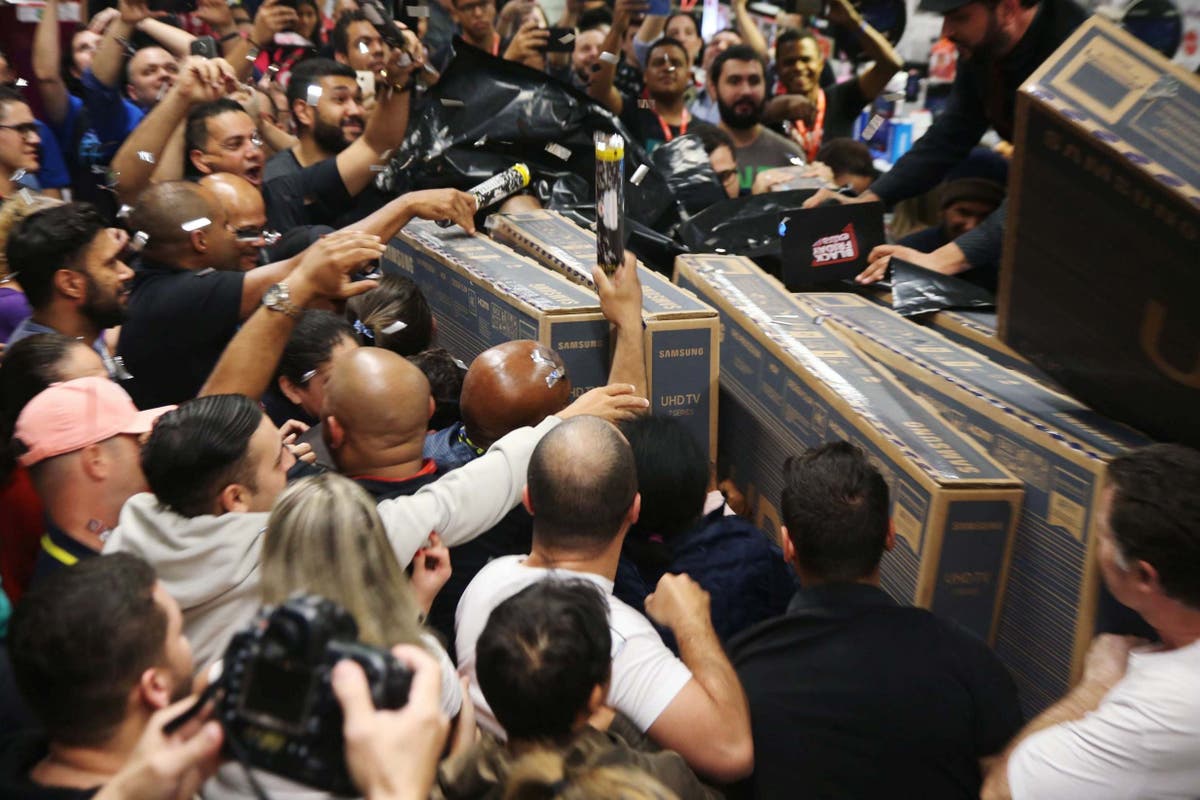Fireworks Safety (For Shippers)
Mark your calendar! Chinese New Year festivities kick off February 1st.
Why does this date matter to you? If you expect your goods to be shipped in the Year of the Ox (before 2/1/2022) you should manage your expectations accordingly. Be advised that if you do not have a truck booked to pick up your goods by January 10th (3 weeks ahead of the holiday!), it is probably best to plan on postponing your import until the end of February.
Capacity remains tight to get into major Chinese ports.Truckers are scarce and disruption is the only guarantee so give a wide berth to any vessel cut off date. Beware: Covid and any Winter Olympics related surprises could instantly invalidate these conservative estimates.
A container slowdown for Chinese New Year cannot come soon enough for American ports clogged with containers, with both port assets and port workers in desperate need of some time in the dry dock.
As tough as it is to move containers out of China, there is plenty of room for improvement at US ports heading into 2022. For all of the volume records being set on the US West Coast, the Ports of Los Angeles and Long Beach are near the bottom of the barrel when it comes to port efficiency.
Was Black Friday #Cancelled?
Shoppers are finding items out of stock 258% more often than they were two holiday seasons ago, and retail websites ‘out-of-stock messages’ were up 124% against pre-pandemic levels. Appliances, electronics, and home and garden items had the largest stock-out rates, according to Adobe Analytics. Many items that are out of stock now may be tantalizingly close to US consumers sitting in containers just off shore or in warehouse yards where there is not enough labor or space to unload. It’s beginning to look a lot like Christmas…inventories are going to keep arriving to their intended final destination well past the finish of the holiday season When goods are finally ready to hit shelves, the same items that are so hard to find now may be in overabundance after the holiday rush. Consumers might perceive more value shopping online has increased because buying with a click mitigates the risk of Covid exposure taking trips to stores are suffering stock outs of the particular item the consumer is looking for. Evidence suggests that consumers spooked by supply chain issues pushed forward holiday shopping, reducing the pent-up demand for deals that fuels the annual Black Friday bloodsport. This smoothing over of often ‘lumpy’ holiday-centric demand has reduced stress on parcel carrier networks by spreading out the expected volumes of the expected holiday crush.Lumpiness Guaranteed (If you have a fresh stocking for your coal, consider yourself blessed)
The stock-out rate is part of the reason Black Friday retail store traffic dropped 28.3% from 2019 levels. However, Black Friday sales were up 47.5% compared with 2020 levels. Even after the first waves stocking home offices and remote schools, consumers are still hungry for deals. Online, Cyber Monday remains the biggest day of the year for eCommerce retailers. This year, retailers rang up $8.9 billion in sales, just short of the record of about $9 billion spent the Friday after Thanksgiving in 2020. As Shipping Magnate has noted over the past few months, some of the biggest U.S. retailers like Macy’s have been rerouting goods to less congested ports, a strategy that can be pursued most easily with the capacity to charter your own vessel. Consumer goods giants that did not pursue such costly supply chain interventions are having a harder time managing supply issues; for example, Victoria’s Secret has 45% of its holiday merchandise still stuck in transit. Macy’s inventory levels are up 20% compared to 2020, but chartering is a risky bet for even retail giants because of the ongoing whack-a-mole of supply chain disruption. Nimbleness and creativity in determining which supply chain strategies are within your means are key to the shipper’s playbook for 2022.






